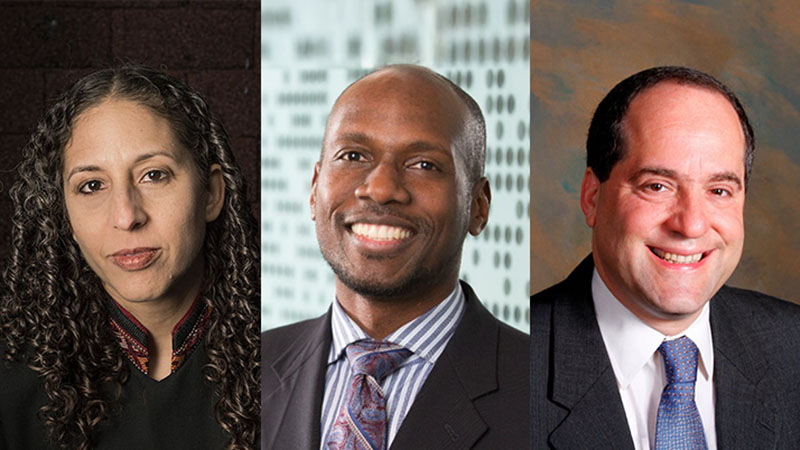

It’s early July, and so many of us are working with new trainees: fellows, residents, interns, medical students, nursing students…any kind of trainee. Last year at this time I wrote a post about explaining palliative care to patients and their families, this year I thought I’d write about how we explain hospice.
I’ll put myself out there first and look forward to reading how others approach explaining hospice in the comments.
My general explanation about hospice starts out with the experiences and perceptions of patients and family. I usually ask something like: “Have you heard of hospice? Tell me more about what you’ve heard.” I try and respond to that, addressing experiences and misperceptions, and somehow work toward a statement like the following:
Hospice is both a concept of care and a benefit. Let’s talk about the concept first.
Hospice is for people with serious illness like yourself who want to focus on quality of life. The primary focus of hospice is on helping people to live each day as good as it can be.
People in hospice have generally made a choice to focus on living at home, whether that be in the community, a nursing home, or a residential hospice home. While people on hospice are occasionally admitted to the hospital, the general preference of patients on hospice is for receiving all care in their home.
Hospice is also a benefit. Medicare (or the VA in my case) pays for hospice services to you for free. Hospice services are delivered by an interdisciplinary team of doctors, nurses, social workers, chaplains, and volunteers. Hospice provides outstanding and expert care for persons with serious illness like your self. They are the experts in treating pain and other symptoms, and in helping address your financial and spiritual concerns.
It’s important to recognize what hospice can do for you, and what they can’t do. They will generally send a nurse to see you in your home for an hour or so two or three times a week. A social worker and chaplain will visit with you to provide support. Someone may come to sit with you so that your wife can take a break. Hospice is available by phone 24 hours a day, but is not able to provide 24 hour care for days at a time.
That’s an approximate version of how I explain hospice, and how I teach trainees to explain hospice. I think it’s helpful for them to hold on to the general structure of hospice being both a concept, or philosophy of care, as well as a defined benefit.
I think it’s also important to convey a sense of what hospice can and cannot provide for patients. For example, I have many patients and family members (and trainees in July) who believe hospice will provide 24/7 nursing care.
Note also that I avoid some of the language about “hospice is for people who have gone through every curative treatment imaginable and are finally exhausted and ready to die.”
In part due to such perceptions about hospice, the word hospice can feel like a “loaded term.” One of my mentors during fellowship used to reverse everything I just did in an attempt to avoid the baggage people sometimes associate with hospice. Before mentioning hospice, he’d say something like:
There is a service that focuses on keeping you as comfortable as possible after you leave the hospital. They provide home nursing services that provide expert pain and symptom relief. They have social workers and chaplains that can visit with you. They are available by phone 24 hours a day 7 days a week.
Does that sound like something you’re interested in?
Yes? Great, that service is called hospice.
Sometimes this technique backfires, and the patients and family feel they have been tricked into agreeing to something they’ve heard about and view very differently from the way it’s described (Gotcha!). I have to say, however, that the way this mentor did it was seamless, and accomplished the objective of matching treatment to patient goals first, then dealt with the misperceptions later.
OK – let’s hear it – how could my explanation be improved? How do you explain hospice?
by: Alex Smith



